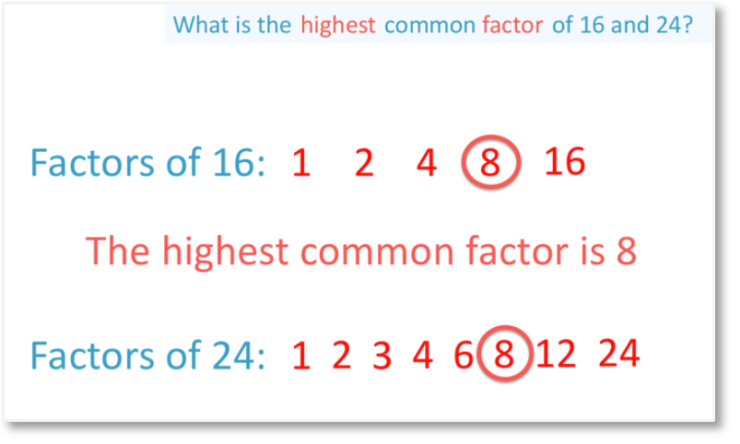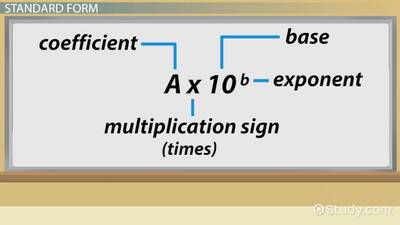What’s the difference between CEM & GL 11+ Exams?
This is a good question. Many parents ask us the same question. They would like to know the difference between the CEM & GL Eleven Plus Exams. In this article below, we will summarise very simply, the core differences between the 2 different styles of Examinations:
CEM exams were initially created by the University of Durham. CEM stands for Centre for Evaluation & Monitoring.
The reason why CEM exams were initially developed is because it was thought that Eleven Plus exams were becoming easier to predict in terms of exam questions and format. Therefore, CEM exams were developed in order to prevent pupils being taught the core test formats. This therefore added increased unpredicability into the questions and style of exams.
CEM HIGH LEVEL:
⇒ Verbal, Non-Verbal, Numerical Reasoning are covered. Verbal Reasoning and Maths sections will cover many of the areas that would be covered off in GL Exam Assessments
CEM KEY FACTORS
⇒ Larger bias towards Verbal Reasoning & Verbal Ability Skills.
Verbal Reasoning tests in 11+ Exam Papers is about “understanding and reasoning using concepts framed in words”. The aim of Verbal Reasoning is to test a students ability to think constructively rather than just recognising vocabulary.
⇒ CLOZE Reading Exercises.
These are short paragraphs or passages where you are required to provide the missing words that have been missed out of sentences and paragraphs. It is also referred to as a “deletion exercise” as the words in the passage are either left blank or deleted. At 123, we provide you with some great tests to practice CLOZE exercises
⇒ CORE SKILLS REQUIRED FOR 11+ CEM
- Great Vocabulary skills are required
- Ability to have a great grasp at Grammar, Punctuation and Spelling. Or to rearrange it, we call it SPaG. This is a nice acronym for these skills
- Spelling skills are required
- Also we always recommend using a Thesaurus regularly as this expands a students ability to be familiar with a wider range of words and phrases
⇒ READING & COMPREHENSION
There is usually an exercise involved in Reading passages and also comprehension in CEM Verbal Reasoning. So this can typically involve reading a passage and then answering various questions on this passage. Areas of Grammar such as Antonyms, Synonyms, Similies are included in these tests.
⇒ MATHS SKILLS
A whole range of maths areas will be tested. These include BIDMAS, Ratios, Reading tables and charts, Operations, Shapes and Geometry. In order to excel at these areas of Maths and many more, its important to practice, practice and yes you guessed it, more practice. We offer several courses and these have a focus on teaching students the principles so that they can improve in Core Maths areas
⇒ NON-VERBAL REASONING
Aspects in Non Verbal Reasoning include the following: Spatial Recognition, Most Liked, Missing Sequences, Odd one out, Next in a sequence, Code Breaking and much more
CEM exams were initially created by the University of Durham. CEM stands for Centre for Evaluation & Monitoring.
The reason why CEM exams were initially developed is because it was thought that Eleven Plus exams were becoming easier to predict in terms of exam questions and format. Therefore, CEM exams were developed in order to prevent pupils being taught the core test formats. This therefore added increased unpredicability into the questions and style of exams.
GL HIGH LEVEL:
⇒ Eleven Plus Papers can come from GL. These papers cover English, Maths, Verbal & Non Verbal Reasoning. Schools can select all of these areas to test students on or they can select particular ones to test students on. It is purely up to them to decide on this.
GL KEY FACTORS
⇒ Eleven Plus Test Questions split by Subject
So basically, each of the 4 core areas being tested (English, Maths, Verbal & Non Verbal Reasoning) have their own unique section in the test. Questions are regularly selected from the GL Question Bank. Therefore, just like with CEM Tests, practice is essential. You know what they say…..Practice makes perfect!!
⇒ AREAS OF ENGLISH TESTED
There are several key areas of English that are tested in GL Style Exams. These include the core favourites of CEM which are Spelling, Grammar, Punctuation and of course reading passages and comprehension
⇒ TYPES OF VERBAL REASONING AREAS TESTED
The list below is by no means exhaustive! There are always new ones that can be added so please do bear this in mind. However, some of the core ones covered off are as per follows:
- Words with the closest meaning
- Identifying the sequence from a list of numbers
- Antonyms
- Synonyms
- Connecting words
- Working with letters and numbers
- Related words
- Completing particular words
- ….and the list goes on!
⇒ MATHS SKILLS TESTED
This really can vary but students should be very well prepared. The reason is because they can be tested up to KS3 Level. This starts to get to early Secondary School Maths level. There are all types of Maths problems that are posed to children. These range from beginner Algebra, Coordinates, Word Questions, Ratios, BIDMAS, Operations, Shapes and much more. Be prepared!
⇒ NON-VERBAL REASONING
Aspects in Non Verbal Reasoning include the following: Spatial Recognition, Most Liked, Missing Sequences, Odd one out, Next in a sequence, Code Breaking and much more
CEM KEY FACTORS
⇒ FORMAT OF THE EXAM PAPER
The exam paper has a combination of English Verbal Reasoning, Maths & Non Verbal Reasoning.
Initially, the paper starts with relatively short comprehension, Clozes and Numerical tests
Paper 2 is more focused on longer Mathematical Questions and Non Verbal Reasoning.
Usually, the time constraints are there and it will be difficult for students to complete the exams in the given timeframe.
Answers are a combination of both Multiple Choice and also there are some questions with blank spaces. It really is dependent on the school and what route they choose.
Typically, Verbal Reasoning Comprehension is 15mins for 20 Questions.
Tighter time lines exist with Verbal Reasoning Cloze questions where students have to usually answer 40 questions in a mere 15 minutes.
With Numerical Reasoning, students will be allocated 15 mins to answer 25 questions
Longer Mathematics questions will be 20 minutes to answer 8 questions
Finally, Verbal Reasoning is 15 minutes for 60 questions
CEM REGIONS
⇒ CEM REGIONS
The areas or regions where CEM is tested is Berkshire, Bexley, Birmingham, Buckinghamshire, Devon, Gloucestershire, Shropshire, Walsall, Warwickshire, Wirral, Wolverhampton.
GL KEY FACTORS
⇒ FORMAT OF THE EXAM PAPER
The exam paper is from the GL Bank of questions and is typically multiple choice
With some degree of practice and focus, students can work through prior papers and this should assist them in getting through these exams…..or certainly doing well!
GL AREAS
Dorset, Kent, Lancashire & Cumbria, Lincolnshire, Medway, Northern Ireland, Wiltshire.
BOTH:
Devon, Essex, Hertfordshire, Trafford, Yorkshire



